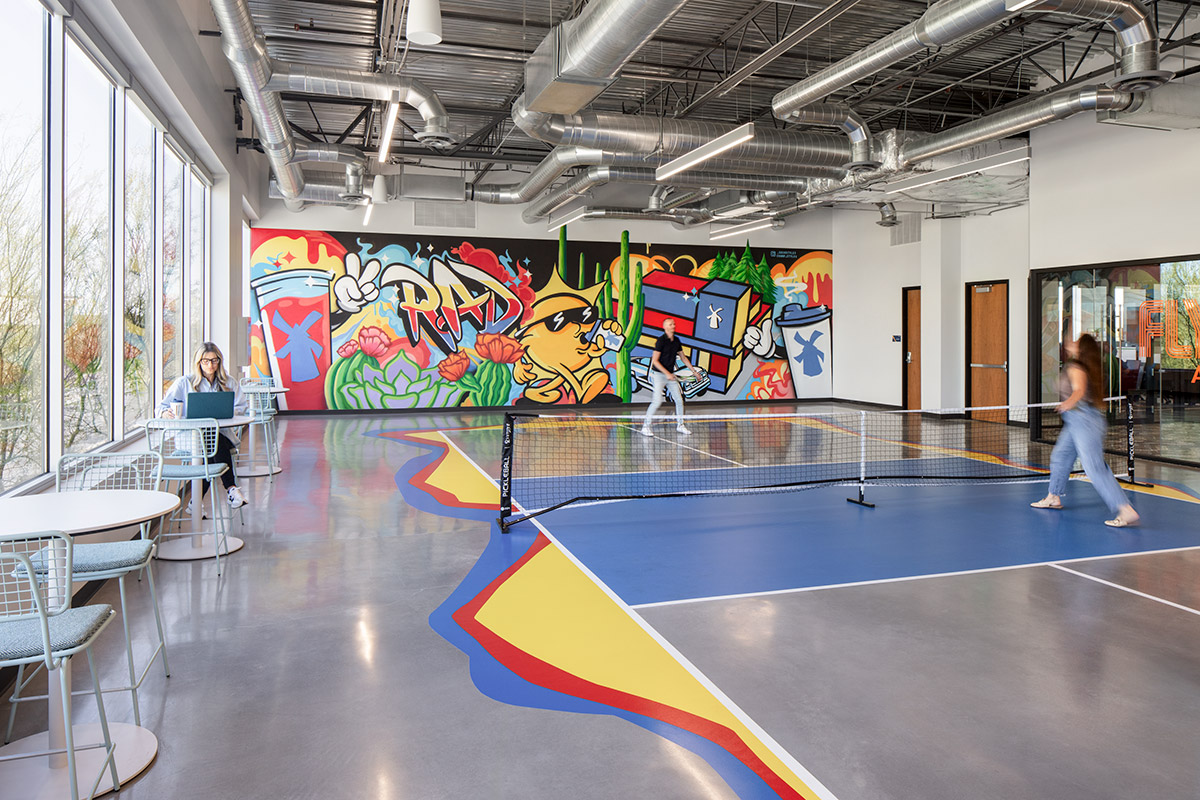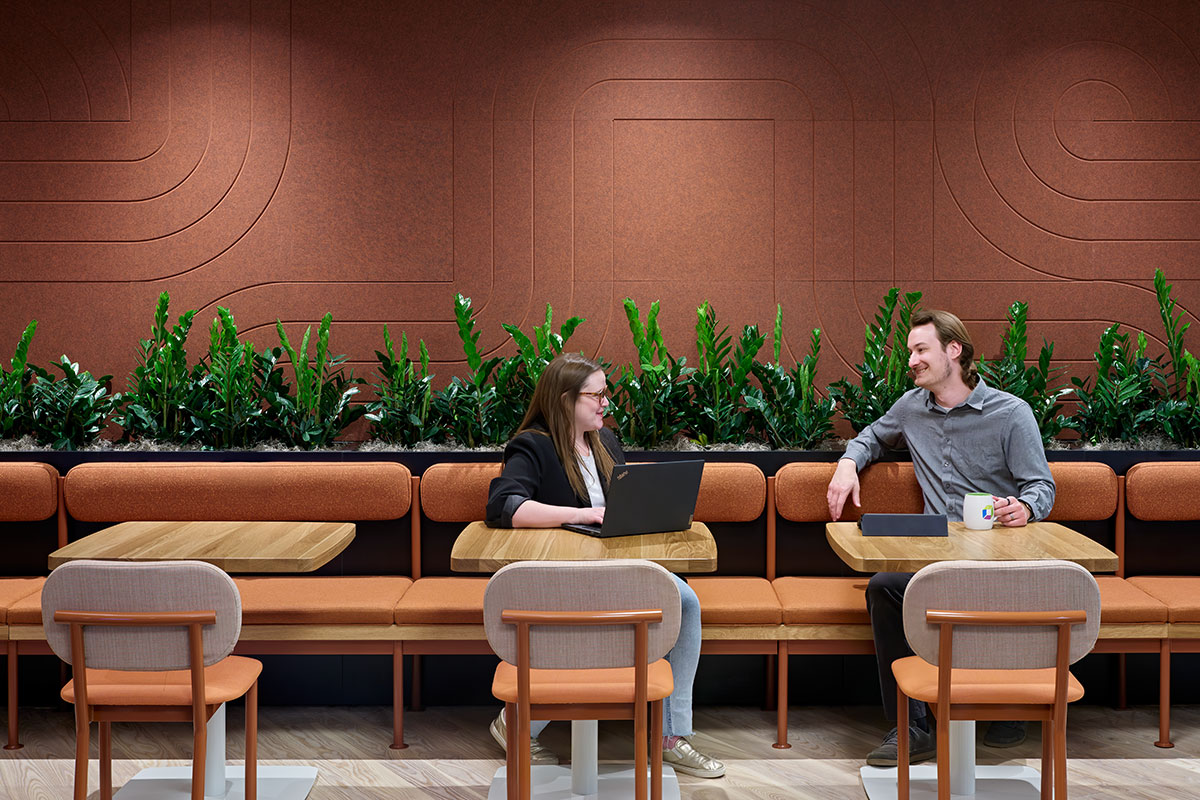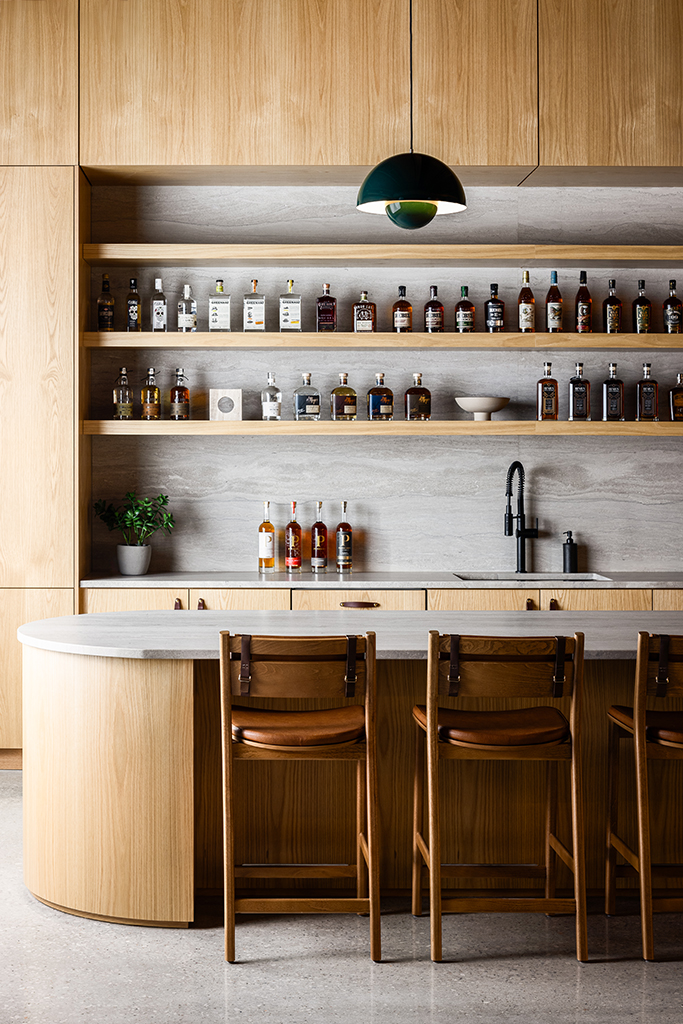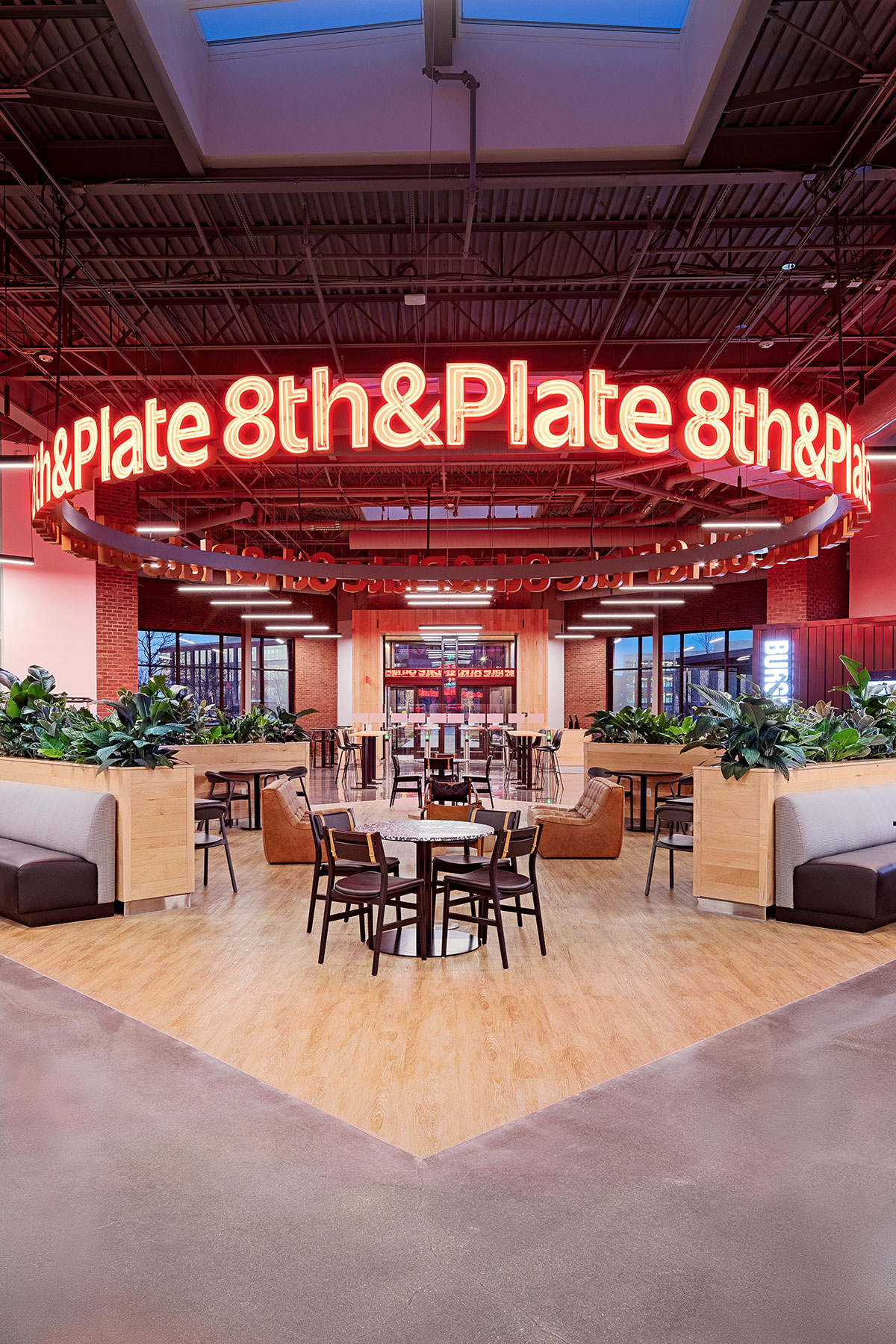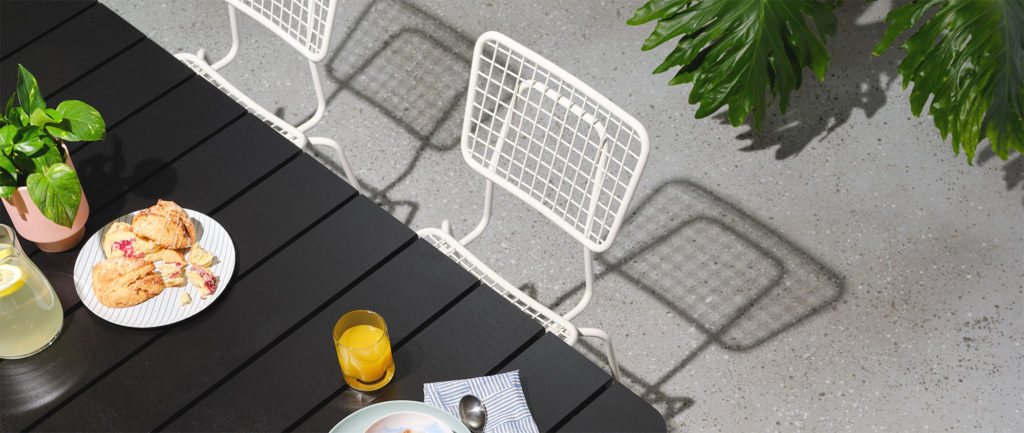Why the Best Office Perks Are People, Not Ping-Pong
The offices that thrive today aren’t measured in square footage—they’re measured in connection. When workplaces spark conversation, build trust, and invite spontaneous collaboration, employees don’t just show up—they want to be there.
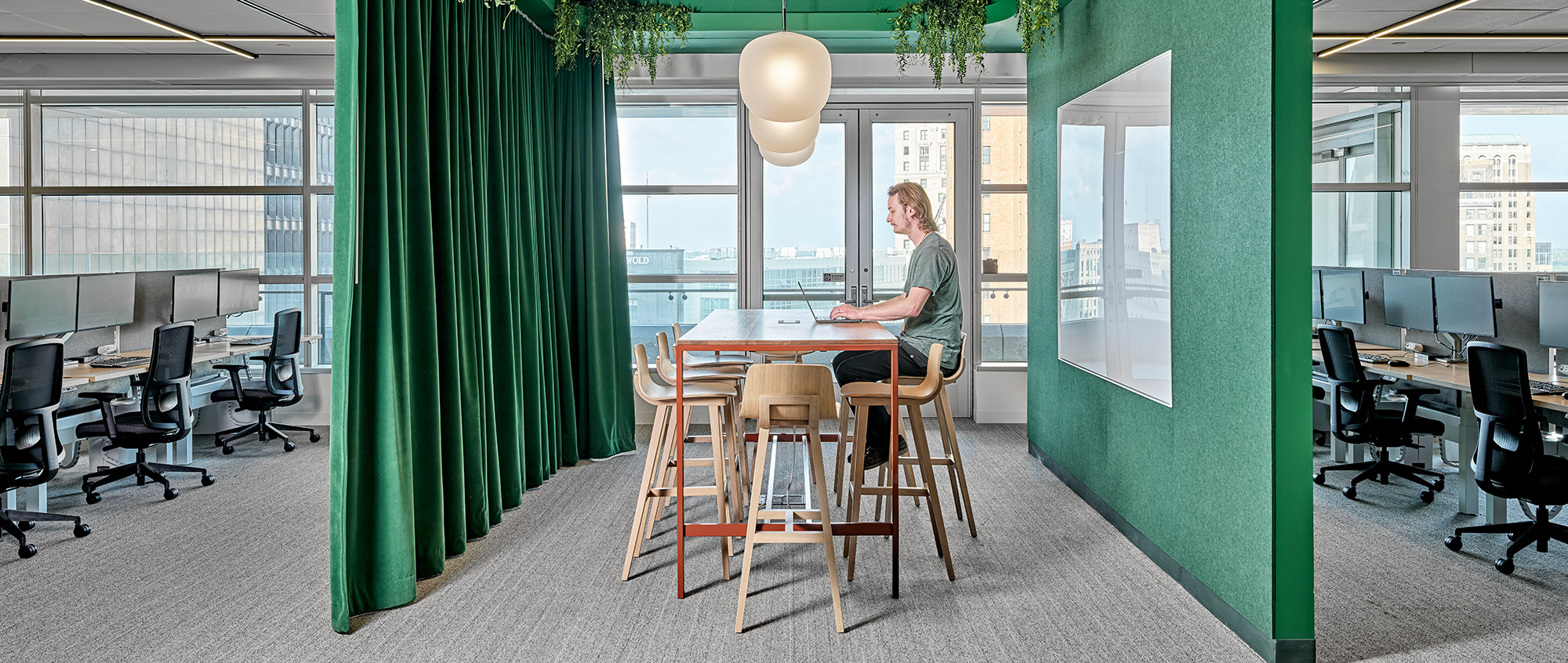
For decades, the value of an office was measured in neat little metrics: square footage, workstation counts, meeting room availability. But today’s smartest organizations are looking beyond spreadsheets. They’ve realized the real magic of workplace design isn’t about squeezing in more desks—it’s about creating the conditions for people to connect.
And here’s the kicker: connection fuels everything from collaboration to innovation.
The ROI of Coffee Chats
Loneliness isn’t just a personal problem—it’s a workplace problem. According to The Cigna Group, more than half of American workers feel lonely. That loneliness has ripple effects: more absenteeism, less engagement, higher turnover, and costs that add up fast. Flip that equation, though, and the payoff is huge...
Workers who feel connected are more engaged, more productive, and—this is a big one—are more likely to say they’ll go the extra mile to help their company succeed: 74% vs. 63% to be exact.
The “Work Bestie” Advantage
Gallup has long tracked the impact of social relationships at work through its “best friend at work” question. The takeaway? Having a friend at work isn’t just a nice-to-have—it’s a game-changer. We even adopt this mindset right here at Grand Rapids Chair!
Employees with close work friendships are more likely to engage customers, innovate, share ideas, and, yes, have fun at work. They get more done in less time because they’re energized by the people around them. Not because they were forced back into the office—but because the office became a place they actually wanted to return to.
Trust Starts With a Seat—Not a Slide Deck
Ideas don’t come alive in isolation. They take shape when people feel comfortable enough to speak up, share bold thoughts, and challenge the status quo. That kind of trust doesn’t come from a calendar invite—it comes from human connection.
That’s why more workplaces are rethinking their layouts. Casual lounges, café-style seating, and hospitality-inspired gathering zones create natural opportunities for conversation. When trust is baked into the floorplan, collaboration follows.
The Office as a “Third Place”
The best workdays don’t always happen at a desk. That’s why more workplaces are transforming into a kind of third place, or third space—not home, not a traditional office, but somewhere in between.
Think of it as the office version of your favorite corner café. The kind of space where you can grab a coffee, bump into a colleague, and leave with a new idea you didn’t plan on. The kind of spontaneous connection that used to happen outside the office walls now happens inside them.
The Pull of Hospitality-Inspired Spaces
Hospitality isn’t just for hotels anymore. It’s one of the strongest tools in the workplace design toolkit. Details like warm lighting, flexible seating, and inviting finishes tell employees: you belong here.
It’s not a cosmetic choice—it’s a cultural one. Because when people feel comfortable and welcomed, they’re more likely to linger, connect, and create.
Learn more: Explore the impact that hospitality-inspired spaces have on our wellbeing.
Designing for Experiences—Not Just Efficiency
Great office design borrows from life’s best experiences: the buzz of a neighborhood restaurant, the warmth of a boutique hotel, the comfort of your go-to local spot. When those amenities are thoughtfully woven into a workplace, something shifts. The office stops feeling like a mandate and starts feeling like a destination. Employees don’t just show up—they want to show up.
Amenities are an important part of the experience within the workplace. According to Gensler’s 2025 Workplace Survey, here’s what employees say matters most beyond their desk and meeting rooms—in order of importance:
- Café, Market/Food hall
- Work café/Coworking area
- Lounge/Hub
- Rest/Nap space
- Quiet/Deep focus area
- Focus room
- Outdoor workspace
- Phone/Video room
- Library
- Fitness area/Well-being center
It’s a clear signal: people want more from their offices than a desk and a swivel chair. They want experiences.
Pull Up a Chair
At the end of the day, the offices that thrive aren’t the ones with the most square footage or the flashiest conference rooms—they’re the ones where people want to be. Spaces that spark conversation, invite collaboration, and make room for a little spontaneity turn workdays into something more than just work.
When design puts connection first, the ideas flow, the trust builds, and the office becomes more than a place to clock in—it becomes a place where people feel seen, heard, and inspired. And really, isn’t that the kind of workplace we all want to come back to?
